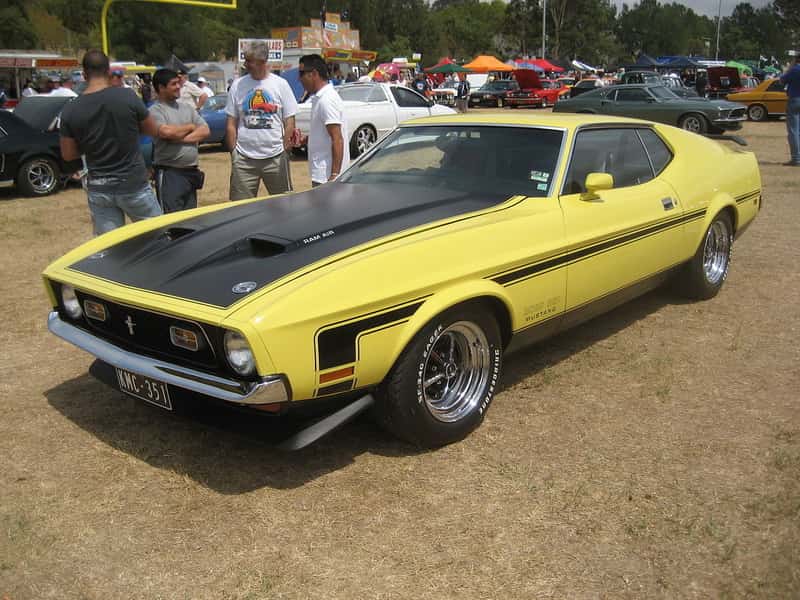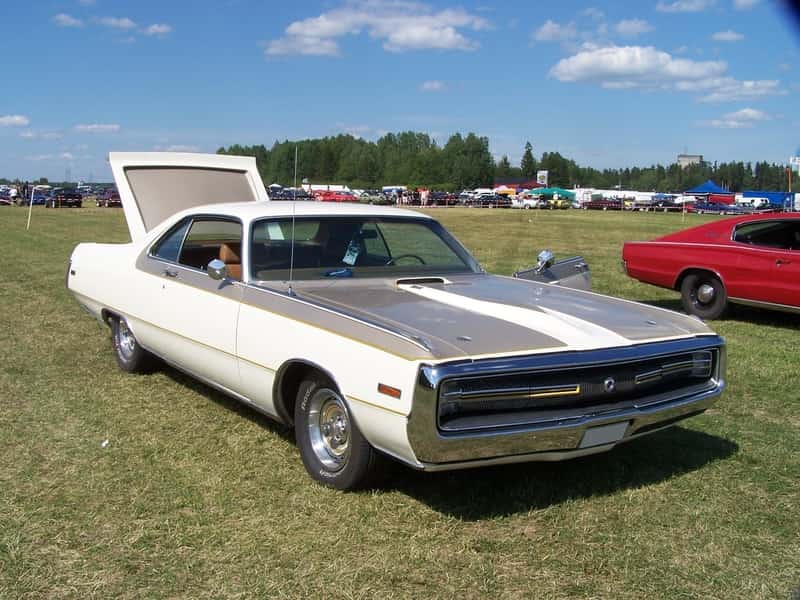In Part Two of this article, we will look more examples of the automotive equivalents of one-hit wonders. Stay with us to learn more interesting facts about these special, “one-hit car models.”
Ford Mustang Boss 351

In 1971, the famous Mustang received another restyling that would be the final one for the first generation. Again, the car grew in size and featured a new sharper look. Unfortunately, the Boss 302 and Boss 429 versions were gone, but the Grande and Mach I stayed. However, there was one interesting mode Ford introduced in 1971, and that was the Boss 351. Produced for the 1971 model-year, the Mustang Boss 351 was one of the rarest Mustangs Ford produced. With just 1800 built, the Boss 351 was pow-ered by a highly tuned version of the 351 V8 engine. Today, it is a true collector’s item.
Chevrolet Camaro ZL -1
The Camaro ZL-1 was the same as the regular 1969 Camaro on the outside, but it was so fast, it was barely street legal. The official 1969 Chevrolet literature doesn’t mention the ZL-1 option for the Camaro. But, if you were a successful drag racer or a dealer, you know about this expensive option. That is why they only built 69 Camaros ZL-1s.
The secret of the Camaro ZL-1 was its engine. It was a high revving, 7.0-liter V8 with around 550 HP in mild tune. Chevrolet produced around 200 of those engines. While most of them went to Can-Am racing teams, they installed 69 ZL-1 in those C.O.P.O Camaros they sold to drag racing teams.
Ford Mustang Cobra
Ford produced the Mustang Cobra in 1993 for one year only. Importantly, it marked the end of the “Fox-body” Mustang generation. Under the hood was an SVT-prepared 5.0-liter HO engine with trick GT40 heads and various other upgrades. The 0 to 60 mph time was under six seconds and it handled perfectly thanks to its reworked suspension. Today, the 1993 Cobra is a rare muscle car: Ford only built 4,993 of them.
Pontiac Firebird Trans Am
In 1969, Pontiac wanted a model they could build enough that they could use the model for Trans Am racing. This lead to the design and production of the Firebird Trans Am as a loaded version. It featured big block power from the famous 400 V8 engine and the Ram Air III or IV intake system. Unfortunately, this special version with its signature white paint, blue stripes, and Rally II wheels proved unpopular so only 634 Firebird Trans Ams were sold. And among those, only eight were convertibles.
Plymouth Barracuda 440
The 1970 Barracuda was a warhorse with a new 440 engine under the hood. It was the biggest engine ever installed under the hood of a car in that segment. The Barracuda 440 was one year only model with 375 HP and a massive 480 lb-ft of torque. There was a glitch, though. Due to the tight fit of the engine, there wasn’t space for the power steering pump. And that means you had to use your muscles to turn this compact, overly powerful car.
Chrysler 300 Hurst

Introduced in 1970, the special limited edition 300 Hurst was a special model they based on the new full-size Chrysler platform. They built it in limited numbers, at around 500, with the help of the famous transmission company, Hurst. As some of the older folks at Central Avenue Chrysler (Yonkers, NY) fondly remember, the 300 Hurst featured special white and gold paint job, a similarly styled interior and a rear spoiler integrated into the rear deck lid. Under the hood, there was a mighty 440 V8 engine. They only offered this model for one year only.
Ford Torino Talladega
In contrast to some “year-long” models in this article, they only built the Torino Talladega for a couple of weeks in early 1969! Why? This car was Fords answer to the Dodge Daytona as the Plymouth Roadrunner. The idea behind the Talladega, which they named after the famous NASCAR track, was to take a standard Torino and give it a unique front end. Next, they added a few slippery details and homologated it for the superspeedway. Ford built a total of 754 Talladega in such a short time, using many of them for racing.
AMC SC/Rambler
They produced this cool-looking, rare AMC in cooperation with the transmission manufacturer Hurst. Basically, it was a budget Rambler, but with a powerful 390 engine and lots of “go fast“ options from Hurst. Since it was light and small, it was fast. Also, it was eye-catching because it only came in a red, white and blue color scheme. AMC made only around 1,500 of these great cars back in 1969.
This list was all about the 20 best one-year wonders. These are the rare muscle cars they produced for only one model year. So if you can find one of these rare gems, consider yourself lucky.
Note: Click Here to read Part 1 of this article.


